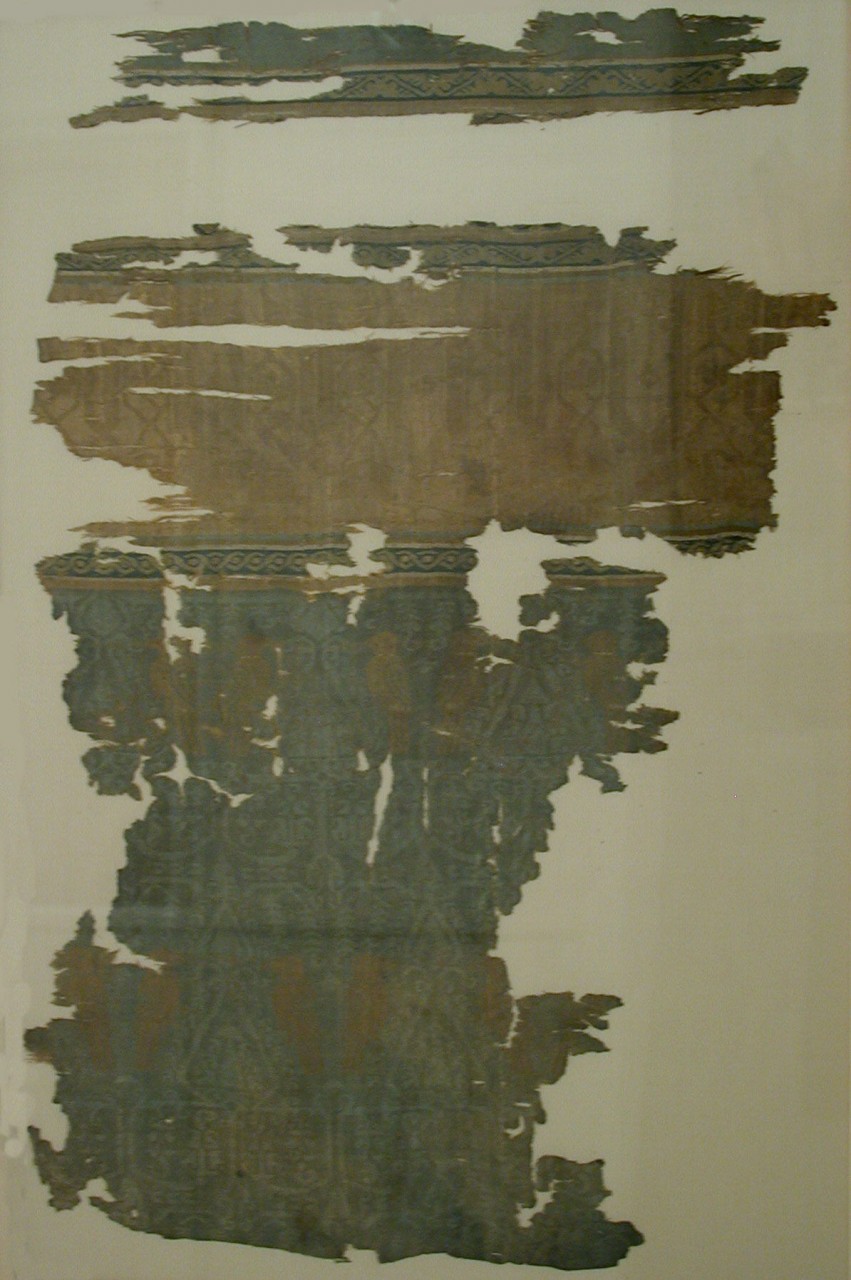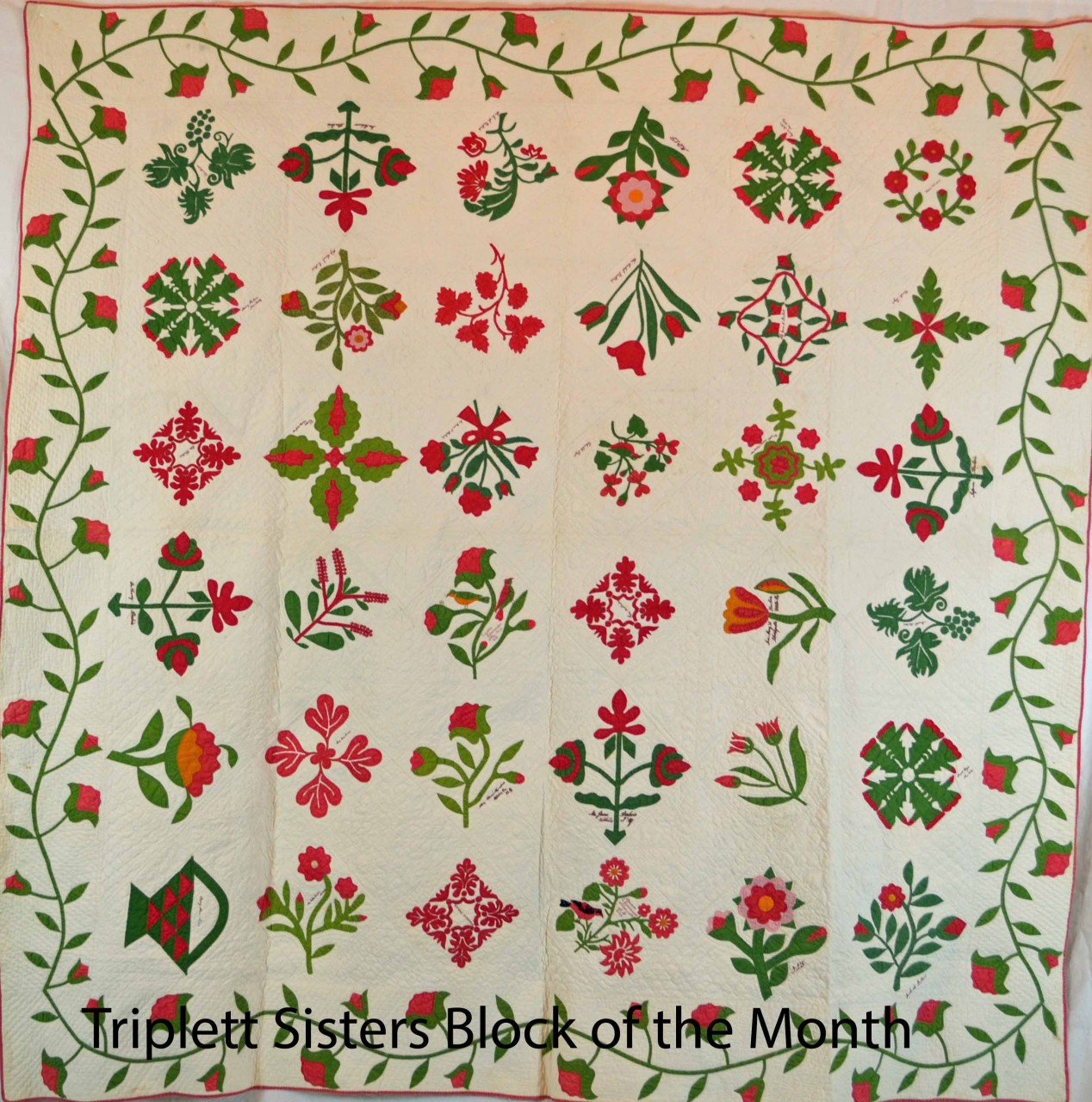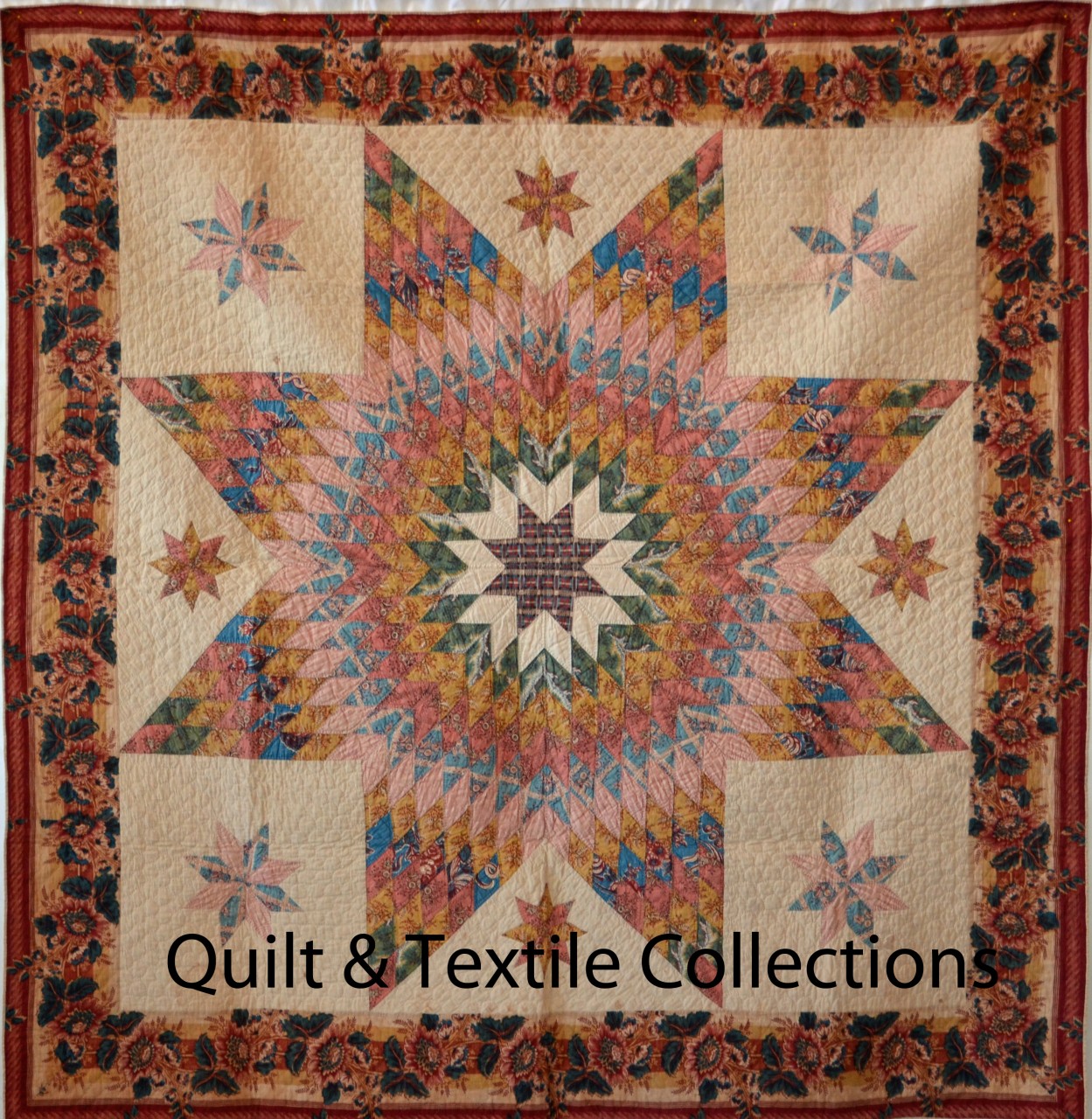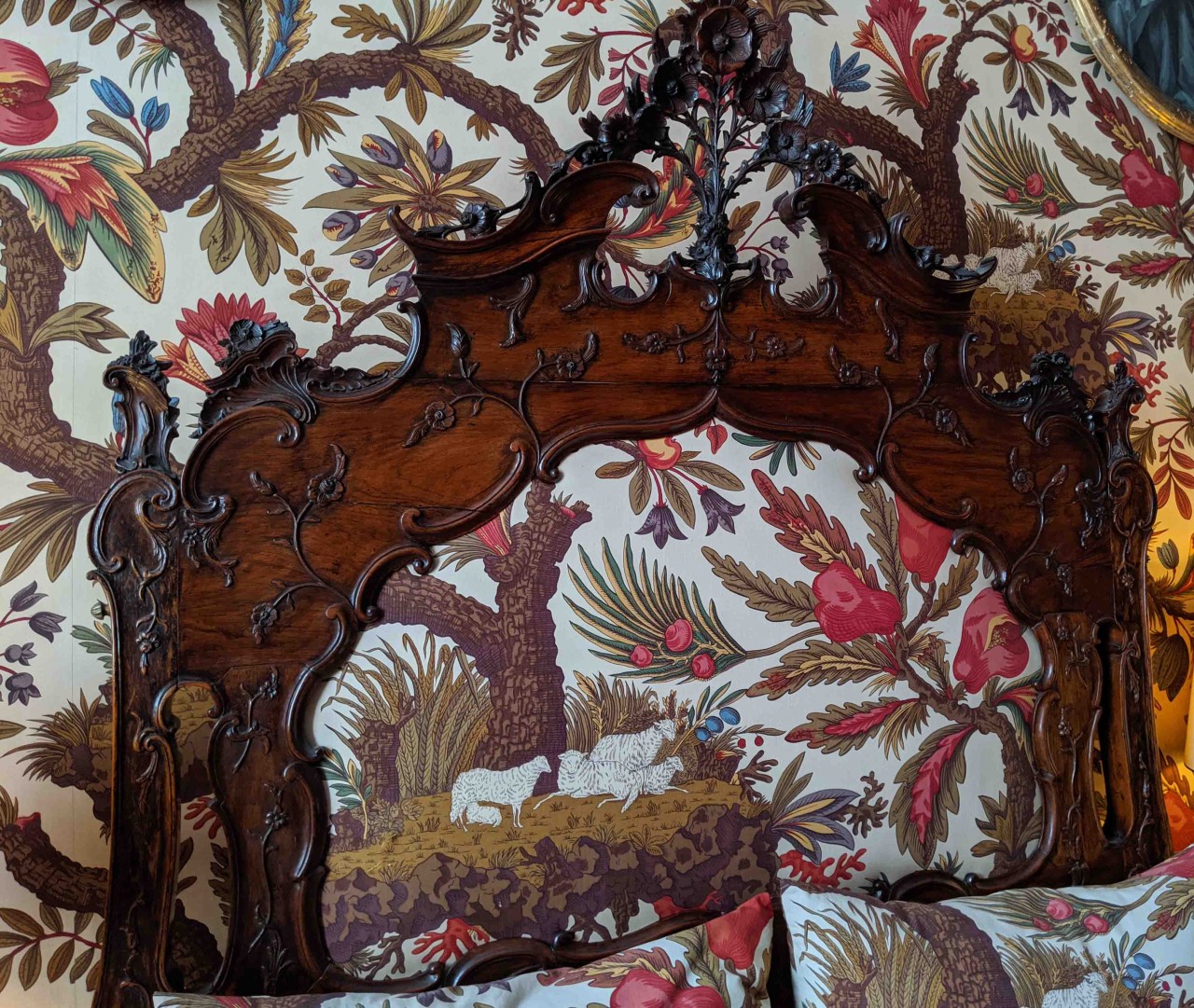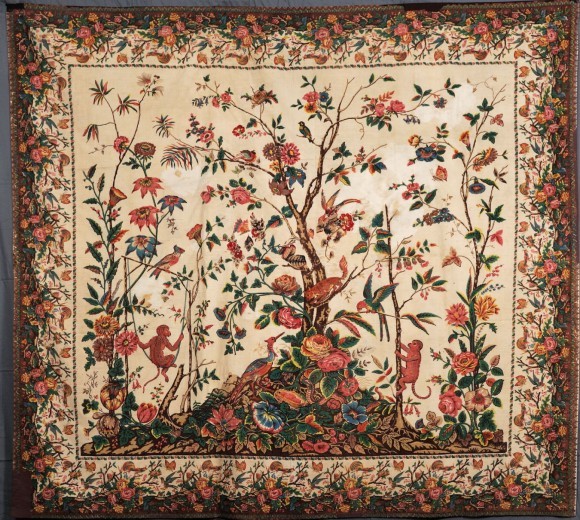
Beach blanket, Mezzaro or a Palampore? Mezzaro (mezzari/mezzara from the Arabic word “to cover”) are sometimes confused with palampores because of the similarities. In the 16th century the spice trade brought palampores and other textiles from India to the Genoa port and no surprise the block printed textiles were an instant success. The palampores were used for curtains, wall hangings, and yes…beach towels and blankets. The Genoans in the Polcevera valley began printing their own versions of the palampores about the 1690s. The Polcevera River was vital in the production of the mezzaro and the textiles could be seen in various stages of production drying on the riverbanks. Some of the intricate designs used as many as 80 different wood blocks to create the pictorial scene in the center. The mezzaro (still available for purchase today...


